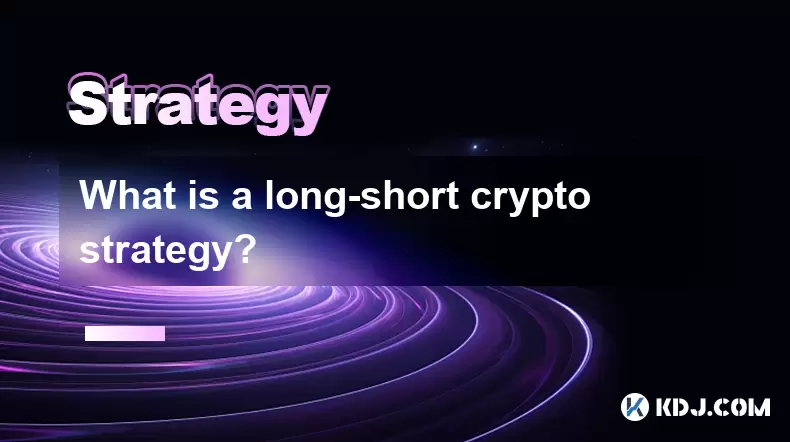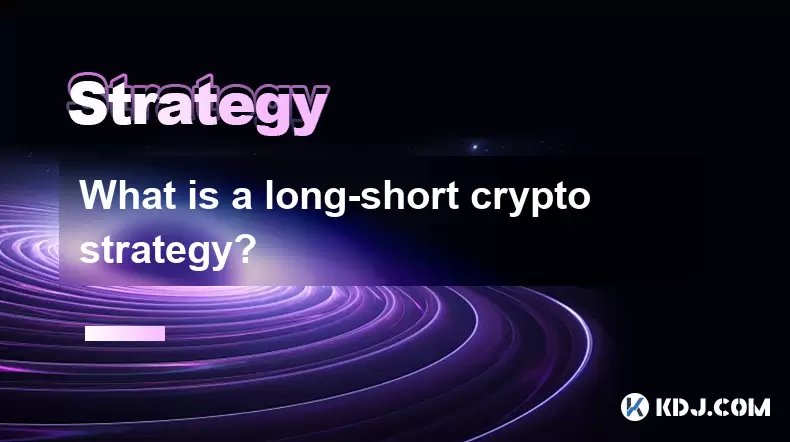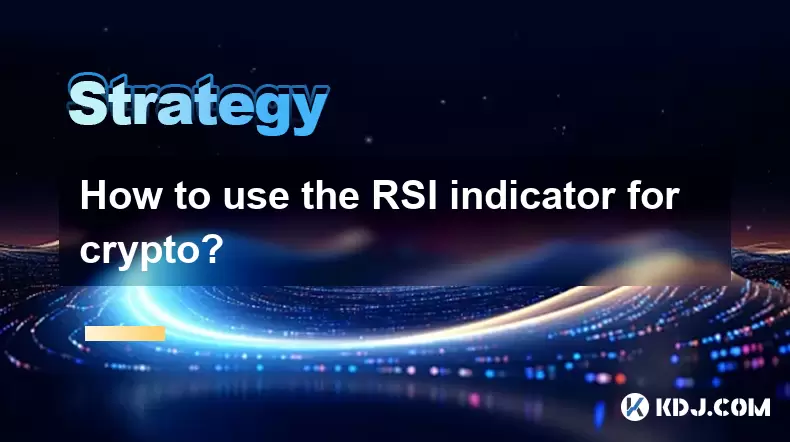-
 Bitcoin
Bitcoin $120400
1.77% -
 Ethereum
Ethereum $3615
7.90% -
 XRP
XRP $3.580
17.84% -
 Tether USDt
Tether USDt $1.001
0.06% -
 BNB
BNB $729.4
1.25% -
 Solana
Solana $179.9
5.04% -
 USDC
USDC $0.0000
0.01% -
 Dogecoin
Dogecoin $0.2311
8.22% -
 TRON
TRON $0.3226
4.04% -
 Cardano
Cardano $0.8490
12.85% -
 Hyperliquid
Hyperliquid $46.45
0.72% -
 Stellar
Stellar $0.4913
8.54% -
 Sui
Sui $4.027
2.00% -
 Chainlink
Chainlink $18.51
11.67% -
 Hedera
Hedera $0.2818
21.51% -
 Avalanche
Avalanche $24.03
7.40% -
 Bitcoin Cash
Bitcoin Cash $508.5
2.90% -
 Shiba Inu
Shiba Inu $0.00001496
3.24% -
 UNUS SED LEO
UNUS SED LEO $8.961
1.83% -
 Toncoin
Toncoin $3.264
3.13% -
 Litecoin
Litecoin $104.6
8.15% -
 Polkadot
Polkadot $4.389
6.11% -
 Uniswap
Uniswap $9.924
10.63% -
 Monero
Monero $337.9
0.49% -
 Pepe
Pepe $0.00001376
2.79% -
 Bitget Token
Bitget Token $4.830
2.46% -
 Ethena USDe
Ethena USDe $1.001
0.05% -
 Dai
Dai $1.000
0.02% -
 Aave
Aave $325.2
1.66% -
 Bittensor
Bittensor $423.7
-0.85%
How to use the Fibonacci callback line in Bitcoin trading?
Fibonacci retracement levels, based on the Fibonacci sequence, provide potential support and resistance areas, enabling traders to make informed decisions regarding entry and exit points in Bitcoin price charts.
Feb 26, 2025 at 03:01 pm

Key Points:
- Fibonacci retracement levels are a popular technical analysis tool based on the Fibonacci sequence.
- They can be used to identify potential support and resistance areas in a Bitcoin price chart.
- There are three main Fibonacci retracement levels: 23.6%, 38.2%, and 61.8%.
Traders can use Fibonacci retracement lines to:
- Determine potential entry and exit points for trades
- Estimate the potential profit or loss of a trade
- Identify potential areas for stop-loss orders
Steps to Use the Fibonacci Callback Line in Bitcoin Trading:
1. Identify a Trend:
- Determine the overall trend of the Bitcoin price chart.
- Use a moving average or trendline to confirm the trend.
2. Draw the Vertical Fibonacci Line:
- Draw a vertical line at the high or low point of the trend.
- The line should extend from the high to the low of the trend.
3. Calculate the Fibonacci Levels:
Use the following formula to calculate the Fibonacci retracement levels:
Fibonacci Level = (Previous High - Previous Low) * Fibonacci PercentageWhere:
- Fibonacci Percentage = 23.6%, 38.2%, or 61.8%
- The resulting levels will represent potential support and resistance areas.
4. Draw the Horizontal Fibonacci Lines:
- Draw horizontal lines at the calculated Fibonacci levels.
- These lines will serve as potential support and resistance lines.
5. Identify Potential Trading Opportunities:
- Look for Bitcoin price action to reach the Fibonacci retracement lines.
- If the price action breaks through a support line, it may indicate a further decline in price.
- If the price action bounces off a resistance line, it may indicate a potential reversal or pause in the trend.
6. Determine Entry and Exit Points:
- Use the Fibonacci retracement levels as potential entry or exit points for trades.
- Enter a long position when the price action bounces off a support line.
- Exit a long position when the price action breaks through a resistance line.
7. Estimate Potential Profit and Loss:
- Use the Fibonacci retracement levels to estimate the potential profit or loss of a trade.
- If the price action moves from one Fibonacci level to another, it can provide an approximate estimate of the potential profit or loss.
8. Place Stop-Loss Orders:
- Place stop-loss orders below the support lines to limit potential losses.
- If the price action breaks through the support line, it indicates that the stop-loss order should be triggered.
FAQs:
What is the Fibonacci sequence?
- The Fibonacci sequence is a series of numbers in which each number is the sum of the two preceding numbers. The first two numbers in the sequence are 0 and 1, and it continues as follows: 1, 1, 2, 3, 5, 8, 13, 21, 34, 55, etc.
Why are Fibonacci retracement levels important?
- Fibonacci retracement levels are important because they provide traders with potential support and resistance areas. These levels can help traders determine entry and exit points for trades and estimate the potential profit or loss.
How do Fibonacci retracement levels work?
- Fibonacci retracement levels are based on the idea that price movements tend to follow certain ratios. These ratios are derived from the Fibonacci sequence and are believed to be psychologically important to traders.
What are the limitations of Fibonacci retracement levels?
- Fibonacci retracement levels are not a perfect tool and can sometimes be misleading. They should be used in conjunction with other technical analysis tools to confirm trading signals.
How can I improve my accuracy using Fibonacci retracement levels?
To improve your accuracy using Fibonacci retracement levels, consider the following tips:
- Use a longer timeframe when drawing the Fibonacci retracement lines.
- Look for multiple Fibonacci levels that line up.
- Use other technical analysis tools to confirm trading signals.
Disclaimer:info@kdj.com
The information provided is not trading advice. kdj.com does not assume any responsibility for any investments made based on the information provided in this article. Cryptocurrencies are highly volatile and it is highly recommended that you invest with caution after thorough research!
If you believe that the content used on this website infringes your copyright, please contact us immediately (info@kdj.com) and we will delete it promptly.
- Bitcoin, MSTR & Saylor's Strategy: A Winning Trifecta?
- 2025-07-18 08:30:13
- Bitcoin Mortgages Down Under: A New Wave in Australian Homeownership?
- 2025-07-18 08:50:12
- Cryptocurrencies, Bitcoin, and the Next Wave: What's Coming?
- 2025-07-18 08:50:12
- Maharashtra Government Nurses Launch Indefinite Strike: A Healthcare Crisis?
- 2025-07-18 04:30:13
- Hilbert Group, Syntetika, and Tokenization: Bridging DeFi and Institutional Finance
- 2025-07-18 05:30:12
- Crypto Regulation in the US House: Decoding the CLARITY Act and What It Means for You
- 2025-07-18 04:30:13
Related knowledge

How to avoid common crypto investment mistakes?
Jul 13,2025 at 01:35am
Understanding the Risks of Crypto InvestmentInvesting in cryptocurrency can be highly rewarding, but it also comes with significant risks. One of the ...

What is a long-short crypto strategy?
Jul 15,2025 at 10:56am
Understanding the Basics of a Long-Short Crypto StrategyA long-short crypto strategy is an investment approach where traders simultaneously take long ...

What is a long-short crypto strategy?
Jul 11,2025 at 01:28pm
Understanding the Basics of Long-Short Crypto StrategyA long-short crypto strategy is an investment approach where traders take both long and short po...

How to use the RSI indicator for crypto?
Jul 12,2025 at 03:56pm
Understanding the RSI Indicator in Cryptocurrency TradingThe Relative Strength Index (RSI) is a momentum oscillator used to measure the speed and chan...

Is copy trading a good strategy for crypto beginners?
Jul 12,2025 at 08:28am
Understanding Copy Trading in the Cryptocurrency MarketCopy trading is a strategy where novice traders replicate the trades of experienced investors a...

How to build a crypto portfolio with $1000?
Jul 13,2025 at 08:14pm
Understanding the Basics of Cryptocurrency InvestmentBuilding a crypto portfolio with $1000 starts with understanding the fundamentals of cryptocurren...

How to avoid common crypto investment mistakes?
Jul 13,2025 at 01:35am
Understanding the Risks of Crypto InvestmentInvesting in cryptocurrency can be highly rewarding, but it also comes with significant risks. One of the ...

What is a long-short crypto strategy?
Jul 15,2025 at 10:56am
Understanding the Basics of a Long-Short Crypto StrategyA long-short crypto strategy is an investment approach where traders simultaneously take long ...

What is a long-short crypto strategy?
Jul 11,2025 at 01:28pm
Understanding the Basics of Long-Short Crypto StrategyA long-short crypto strategy is an investment approach where traders take both long and short po...

How to use the RSI indicator for crypto?
Jul 12,2025 at 03:56pm
Understanding the RSI Indicator in Cryptocurrency TradingThe Relative Strength Index (RSI) is a momentum oscillator used to measure the speed and chan...

Is copy trading a good strategy for crypto beginners?
Jul 12,2025 at 08:28am
Understanding Copy Trading in the Cryptocurrency MarketCopy trading is a strategy where novice traders replicate the trades of experienced investors a...

How to build a crypto portfolio with $1000?
Jul 13,2025 at 08:14pm
Understanding the Basics of Cryptocurrency InvestmentBuilding a crypto portfolio with $1000 starts with understanding the fundamentals of cryptocurren...
See all articles

























































































